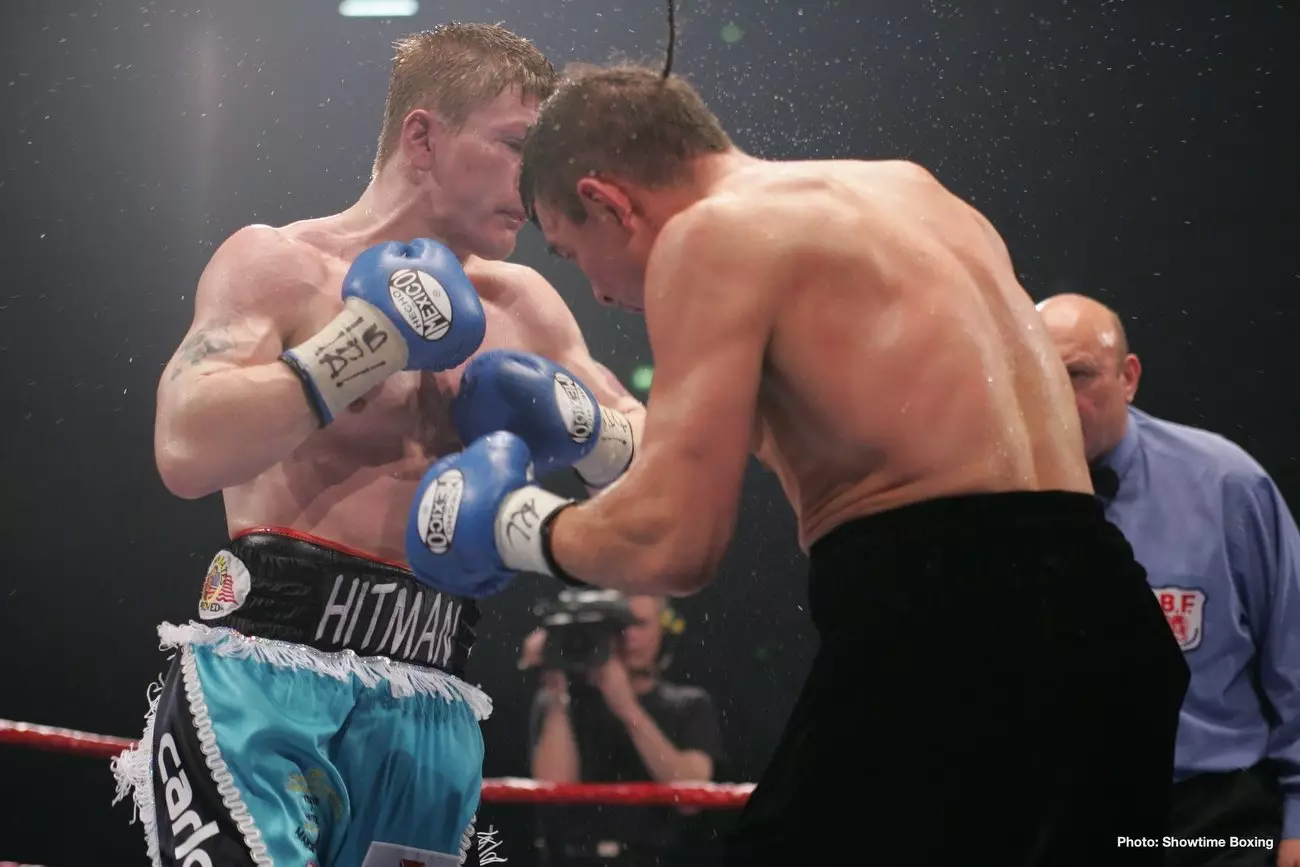Ricky Hatton’s potential comeback ignites a debate about the enduring spirit of a true warrior. At 46, many would anticipate the closure of a storied career, yet Hatton appears driven by a resilient desire to re-enter the boxing arena. This decision challenges conventional thinking about aging athletes and their capacity for competitive high-level sport. Hatton’s renewed enthusiasm raises questions about the nature of legacy—whether past glory can be preserved through renewed ambition or if it risks tarnishing the legend built over years of dedication. His willingness to step back in, especially for a sanctioned bout rather than an exhibition, signifies an unyielding passion that refuses to fade, defying societal expectations of retirement age and physical decline.
Uncertainty and Risks in a Comeback at Any Age
A key issue surrounding Hatton’s potential return lies in the physical toll and skill degradation over time. His last professional fight in 2012 ended with a TKO loss, and he publicly acknowledged that “it’s not there any longer.” Yet, that acknowledgment seems to have sparked a reconsideration of his capabilities. The question remains: can a boxer, long removed from the ring, reignite the skills and reflexes required at a competitive level? The unpredictability of aging in boxing cannot be overstated. While experience and mental toughness are assets, the toll that years of inactivity and age take on physicality makes this comeback a high-stakes gamble. Hatton’s decision might be driven more by an emotional need rather than realistic prospects of victory, risking his health and reputation if the fight does not meet expectations.
The Symbolism of Facing a Gulf Boxing Pioneers
The choice of Eisa Aldah, the first-ever professional boxer from the Gulf, as an opponent adds a layer of symbolic significance. This matchup could symbolize bridging generations and geographies in boxing. For Hatton, who was once a champion driven by grit and relentless pressure, stepping into the ring alongside a trailblazer from a burgeoning boxing region shows a desire to be remembered not just as a champion, but as a figure of inspiration across cultures. Furthermore, this bout could serve as a statement about perseverance and the universal appeal of boxing—an ode to enduring passion rather than mere legacy preservation. Whether Hatton can truly compete remains to be seen, but his willingness to challenge himself is undeniably commendable.
The Controversy Surrounding the Return
Such a comeback inevitably invites skepticism. Critics might argue that forcing oneself back into the limelight after years away, especially at an advanced age, borders on vanity or an unhealthy obsession with past glories. The sports world has seen too many fighters risk their health for fleeting moments of nostalgia, and Hatton’s historical vulnerability suggests caution. His prior concession that “it’s not there anymore” should serve as a warning sign. However, Hatton’s resurgence, whether it results in triumph or lessons learned, demonstrates a rare willingness to confront mortality and physical limitation head-on. It is an act of defiance—a testament to the relentless spirit that propelled him to greatness, now reasserting itself in the twilight of his life.
While the future of this comeback remains uncertain, what is undeniable is Ricky Hatton’s refusal to quietly step into retirement. Instead, he seeks one last chapter—however risky—that embodies resilience, passion, and the unbreakable spirit of a true boxing legend.

